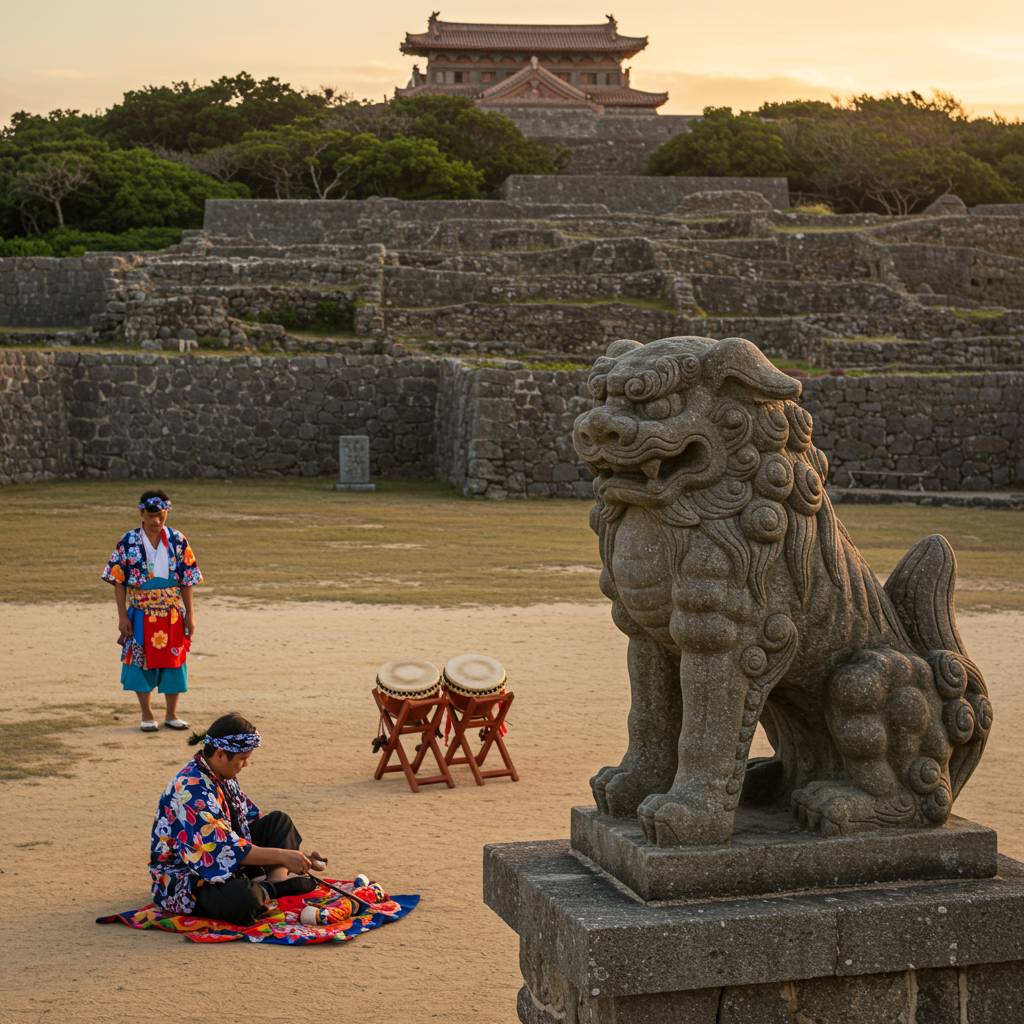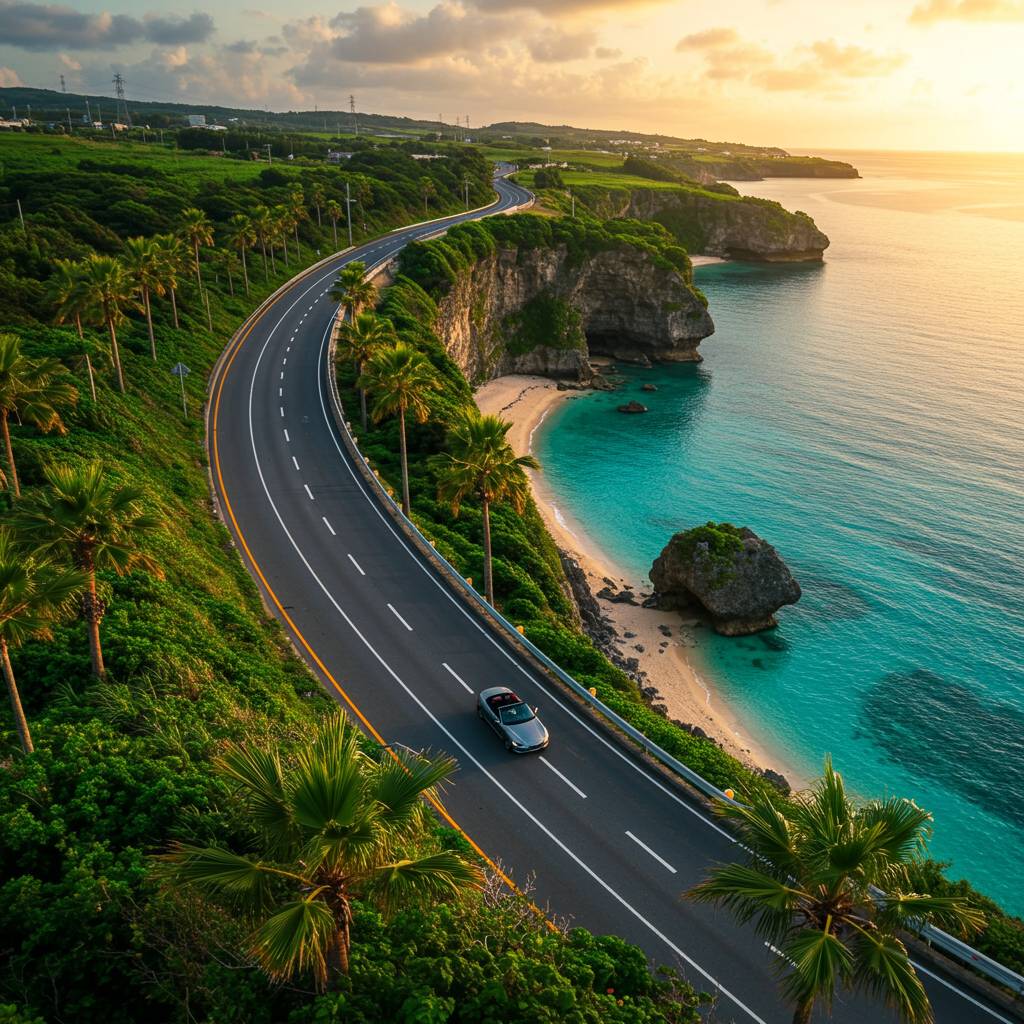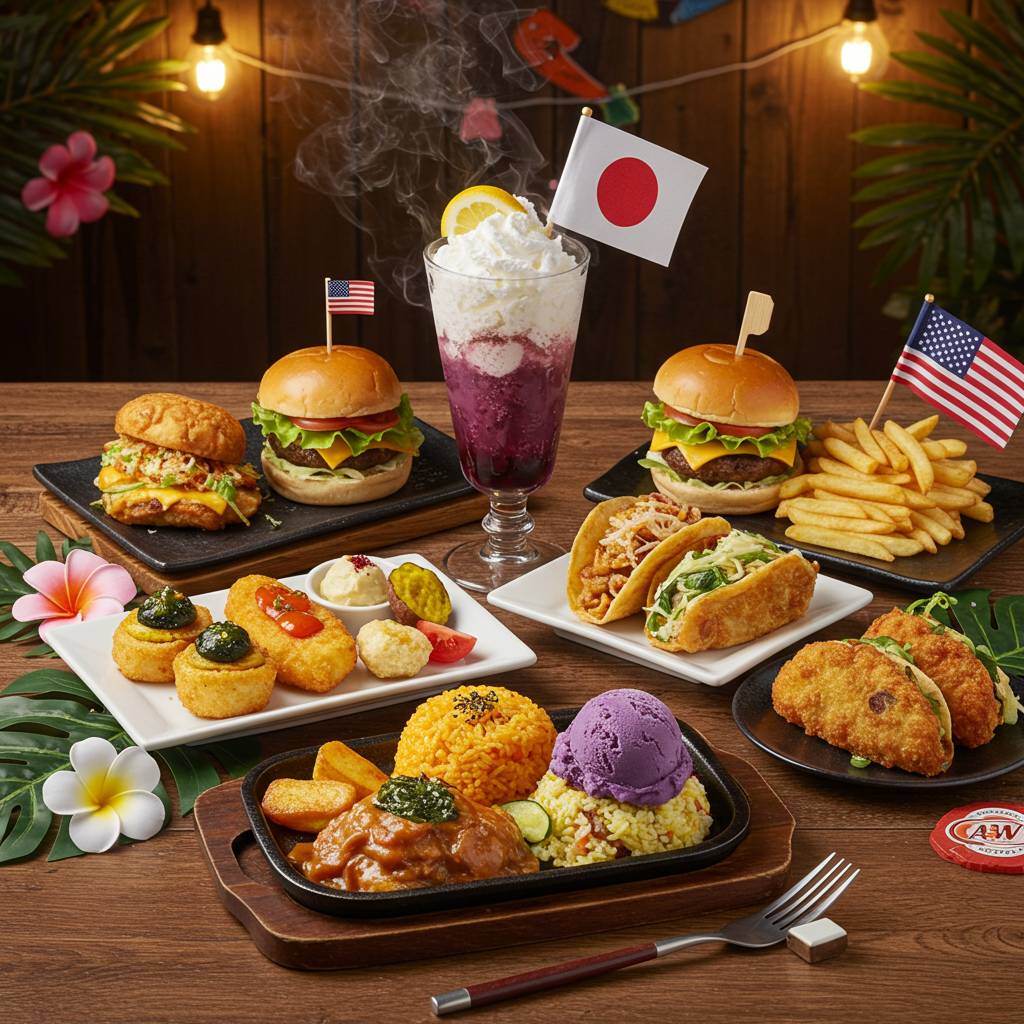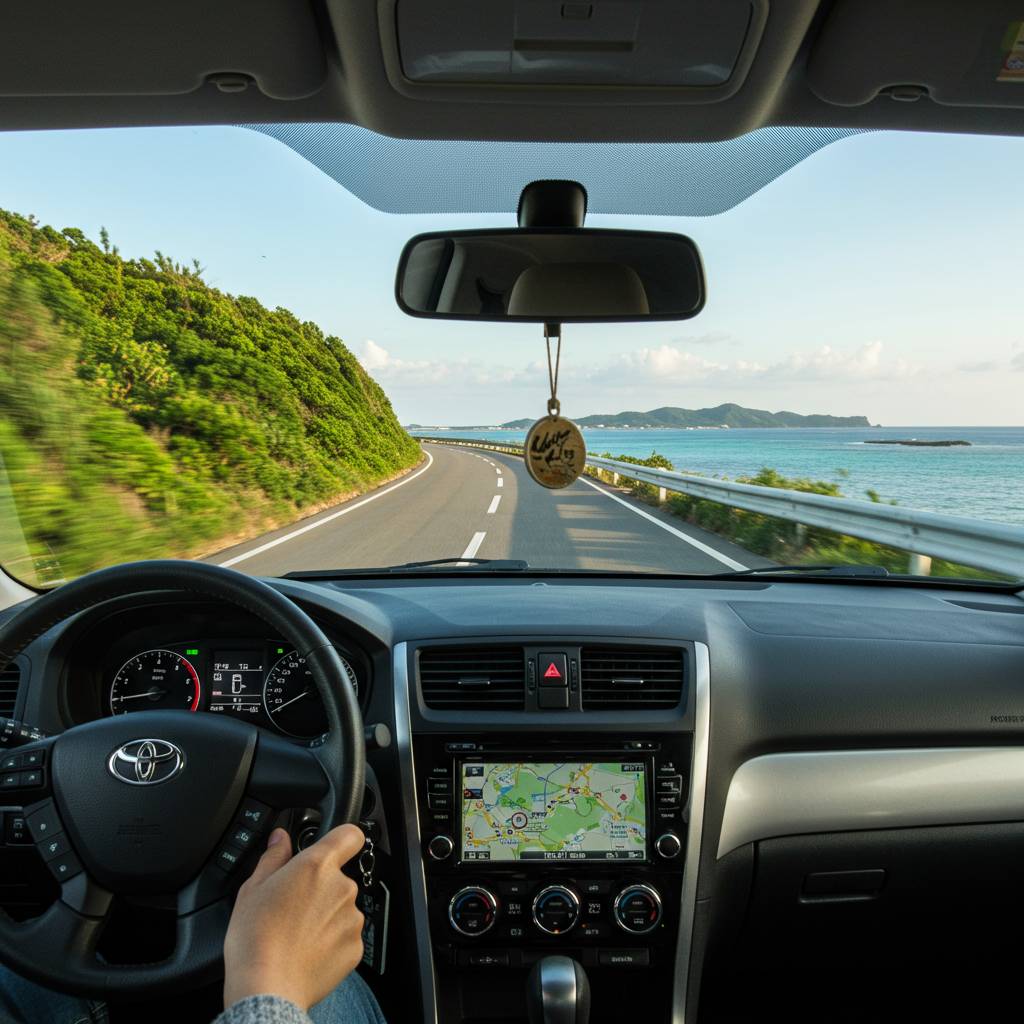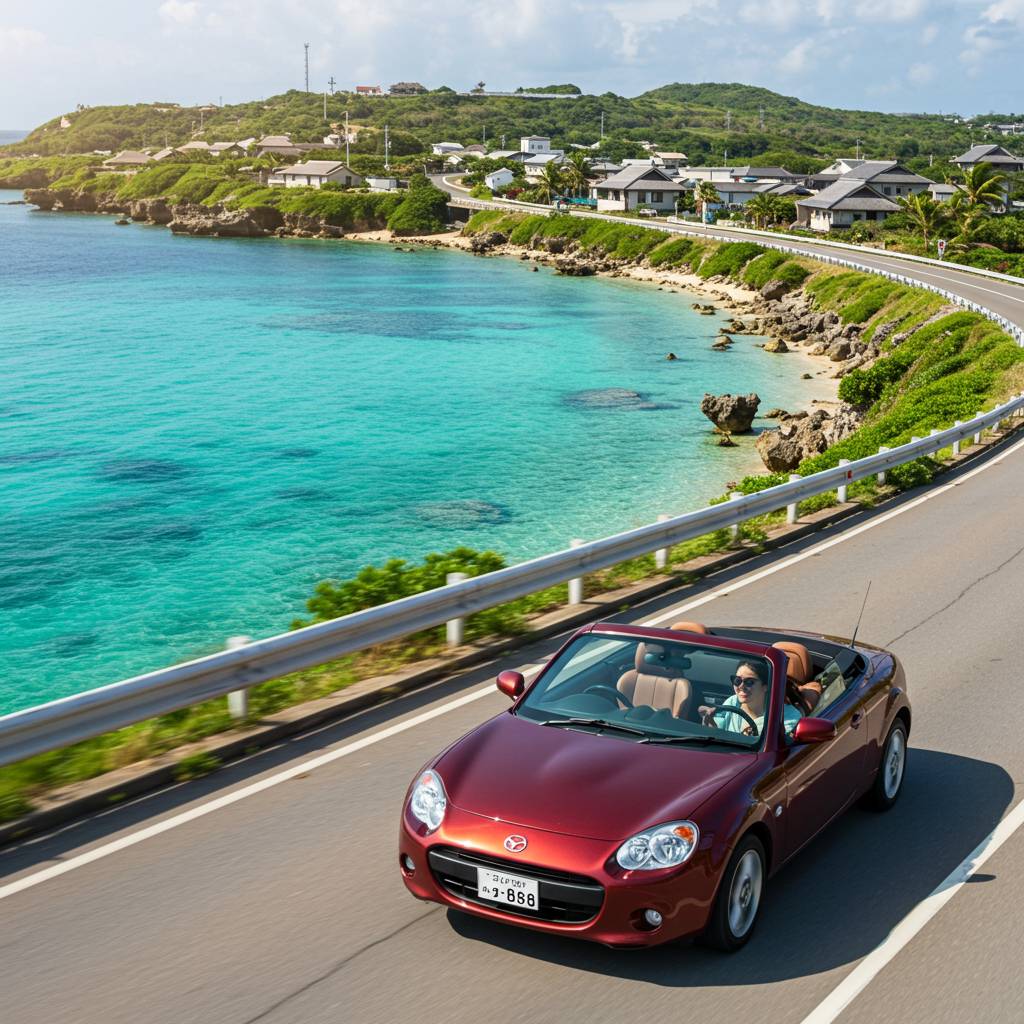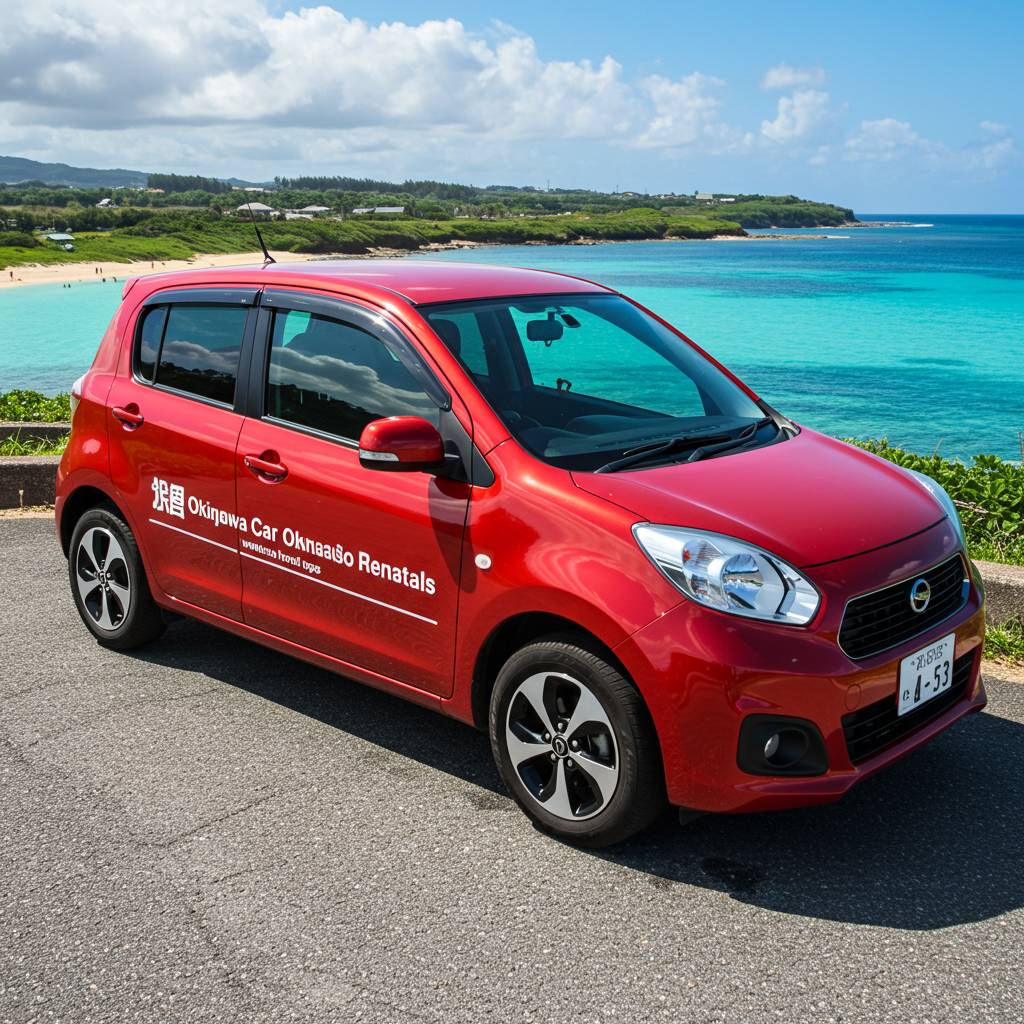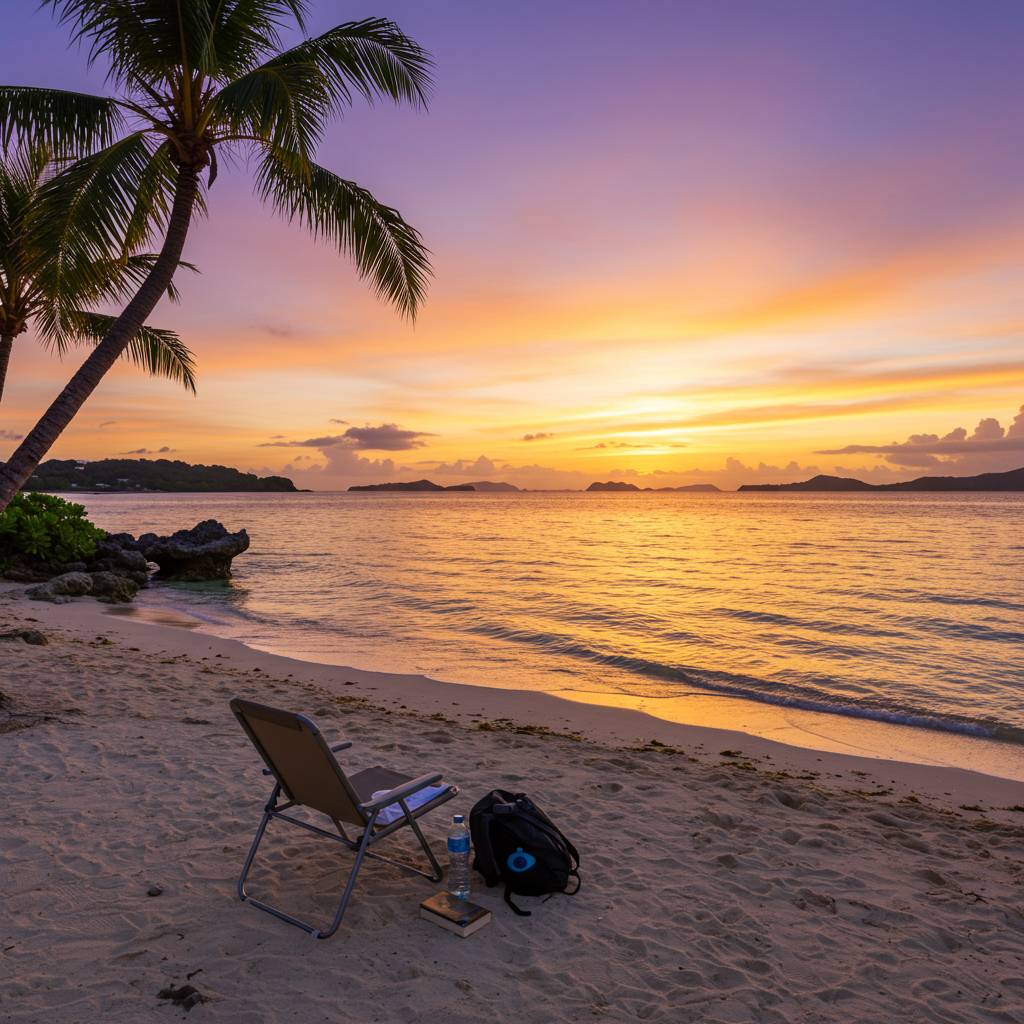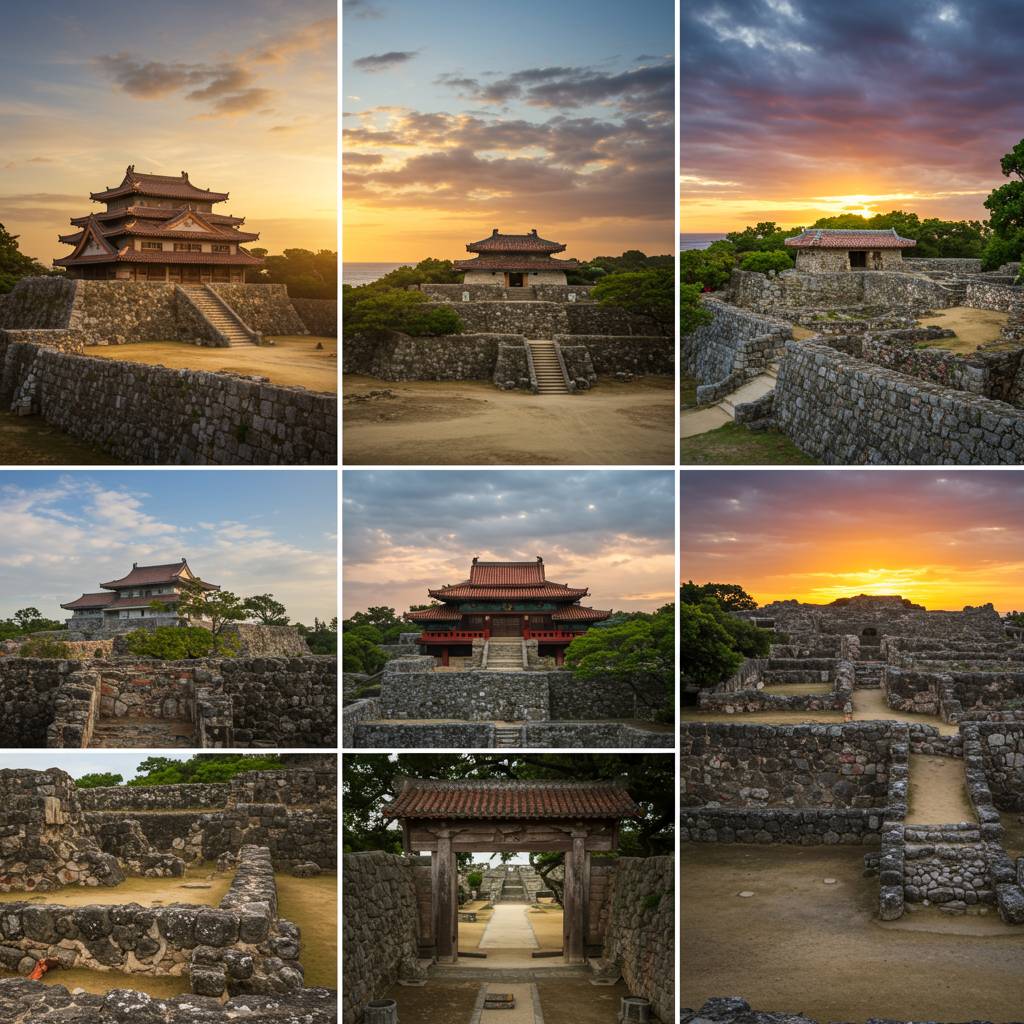Are you planning a trip to Okinawa but tired of seeing the same beach photos on every travel blog? While Okinawa’s pristine shores certainly deserve their fame, this Japanese prefecture harbors cultural treasures that remain largely undiscovered by mainstream tourism. As travelers increasingly seek authentic experiences over crowded tourist attractions, Okinawa’s rich heritage offers a profound alternative to the typical beach vacation.
Having extensively explored this fascinating archipelago, I’ve witnessed firsthand how Okinawa’s cultural traditions can transform an ordinary holiday into a life-changing journey. From ancient sacred rituals performed in hidden forest groves to traditional crafts practiced by masters whose families have preserved techniques for centuries, the cultural depth of these islands rivals any destination in Asia.
In this comprehensive guide, we’ll venture beyond the postcard beaches to explore secret cultural sites, examine how Okinawa’s traditions are redefining luxury travel, and uncover sacred rituals that connect visitors to the spiritual heart of these remarkable islands. Whether you’re a seasoned Japan traveler or planning your first visit to Okinawa, prepare to discover a side of these islands that most tourists never experience.
1. 5 Hidden Cultural Treasures in Okinawa That Most Tourists Never Discover
While Okinawa’s pristine beaches and crystal-clear waters draw millions of visitors annually, the true essence of Japan’s southernmost prefecture lies in its rich cultural heritage. Shaped by its unique history as the independent Ryukyu Kingdom and influenced by Chinese, Southeast Asian, and Japanese cultures, Okinawa offers cultural experiences that remain hidden from the typical tourist itinerary. Here are five cultural treasures that will transform your Okinawan journey from a simple beach vacation to a profound cultural immersion.
The ancient Katsuren Castle ruins, a UNESCO World Heritage site, sits majestically on a limestone ridge overlooking the East China Sea. Unlike the more famous Shuri Castle, these ruins see fewer visitors but offer a more authentic glimpse into the island’s strategic importance during the Ryukyu Kingdom era. Archaeological findings here have included artifacts from as far as the Middle East, highlighting Okinawa’s historical role in maritime trade.
In the northern village of Ogimi lives a community famous for having some of the world’s longest-living people. The “Longevity Village” offers visitors a chance to participate in traditional fabric-dyeing workshops using natural pigments from local plants—a practice that dates back centuries. Local artisans demonstrate techniques passed down through generations while sharing insights about their sustainable lifestyle that may contribute to their remarkable longevity.
The Tsuboya Pottery District in Naha preserves traditional ceramic arts that have defined Okinawan craftsmanship for over 300 years. Wander down its narrow stone-paved streets lined with old kilns, workshops, and galleries where master potters still create distinctive Ryukyu ceramics. Many studios offer hands-on experiences where visitors can learn to craft their own shisa—the traditional lion-dog guardians that adorn Okinawan rooftops.
Hidden in the jungles of central Okinawa, the Seifa-utaki sacred site represents one of the most important spiritual locations in traditional Ryukyuan religion. This series of limestone formations and natural altars served as the primary worship site for the kingdom’s high priestesses. The peaceful atmosphere and unusual rock formations create an experience that connects visitors to the indigenous spiritual practices that predate Buddhist and Shinto influences.
The village of Taketomi Island preserves traditional Ryukyuan architecture and lifestyle almost perfectly. With streets paved with crushed coral, traditional one-story houses surrounded by coral walls, and ox-drawn carts still used for transportation, visiting this island feels like stepping back centuries. The community actively maintains their cultural heritage through music, dance, and festivals that follow the lunar calendar, offering a rare glimpse into pre-modern Okinawan life.
These cultural treasures reveal Okinawa’s soul beyond its famous beaches. By incorporating these sites into your itinerary, you’ll discover the authentic Okinawa that has shaped this island’s unique identity through centuries of cultural exchange, conquest, and resilience.
2. How Okinawa’s Ancient Traditions Are Redefining Luxury Travel in 2023
Luxury travel is undergoing a profound transformation, with discerning travelers increasingly seeking authentic cultural experiences rather than merely opulent accommodations. Nowhere is this shift more evident than in Okinawa, where ancient traditions are being seamlessly integrated into high-end travel experiences, creating a new paradigm of luxury that engages all the senses.
The Ryukyu Kingdom’s cultural legacy offers luxury travelers something money alone cannot buy – genuine connection to traditions dating back centuries. At properties like The Ritz-Carlton Okinawa and Hoshinoya Taketomi Island, guests participate in private Ryukyu textile weaving sessions with master artisans, learning techniques passed down through generations. These experiences provide not just souvenirs but stories and skills that become part of one’s personal narrative.
Luxury ryokans across the islands are revolutionizing the concept of high-end accommodations by incorporating traditional Okinawan architectural elements – the distinctive red clay roof tiles, limestone walls, and feng shui principles that have protected islanders from typhoons for centuries. The Hyakuna Garan, perched dramatically on oceanfront cliffs, exemplifies this fusion of ancient wisdom with contemporary luxury.
Gastronomy, too, has become a cornerstone of Okinawa’s luxury travel renaissance. The longevity-focused traditional diet, with its emphasis on sea vegetables, bitter melon, and local herbs, is being elevated by innovative chefs. At Gushikawa’s acclaimed restaurant Emi, reservation-only kaiseki menus showcase heirloom ingredients through modern interpretations of classic Okinawan dishes, offering an experience that connects diners to the island’s agricultural heritage.
Wellness-focused travelers find particular resonance in Okinawan traditions. Luxury spas now incorporate indigenous healing practices like “yuna” massage techniques and medicinal herbs used in “nuchigusui” (life medicine). The island’s spiritual practices, including shamanic traditions preserved by female priestesses called “noro,” provide contemplative experiences for guests seeking deeper meaning in their journeys.
What distinguishes Okinawa’s approach to luxury is its foundation in “yuimaru” – the traditional spirit of mutual support that defines island communities. This philosophy translates into personalized service that feels genuine rather than performative. Luxury here isn’t about ostentation but rather privileged access to cultural knowledge and experiences that have sustained one of the world’s longest-living populations.
For travelers seeking more than just another tropical destination, Okinawa’s cultural heritage offers a redefinition of luxury as something that enriches rather than merely impresses – a perspective increasingly valued in a world hungry for authentic connections.
3. The Sacred Rituals of Okinawa: A Journey Beyond Instagram-Famous Beaches
While Okinawa’s crystal-clear waters and white sand beaches dominate social media feeds, the island’s true spiritual essence lies in its ancient sacred rituals that have survived centuries of outside influence. These ceremonial practices offer travelers an authentic cultural immersion far more profound than any beachside photo opportunity. The indigenous belief system of Okinawa centers around female spiritual leaders called “Noro” or “Yuta,” who serve as intermediaries between the mortal world and the realm of spirits and ancestors. At sacred sites known as “utaki,” these priestesses perform rituals that honor natural elements and ancestral spirits, maintaining harmony between humans and the divine.
One of the most significant ceremonies is “Shiimii,” an annual ancestral grave-visiting ritual where families gather at burial sites to share meals with departed loved ones. Unlike mainland Japan’s somber Obon festival, Shiimii celebrations are often joyful reunions filled with music and traditional foods. For visitors seeking authentic experiences, the Seifa-utaki in southern Okinawa offers a glimpse into these spiritual traditions. This UNESCO World Heritage site served as the main worship place for the Ryukyu Kingdom’s highest priestess and continues to be an active ceremonial ground.
The village of Ogimi, famous for its longevity-blessed residents, maintains some of the most intact ritual practices on the island. Here, local guides can arrange respectful observations of seasonal ceremonies that combine elements of nature worship, ancestor veneration, and community bonding. These rituals often incorporate traditional performing arts like Eisa drum dances, which themselves evolved from ceremonial practices into the popular cultural displays seen today. By venturing beyond the tourist beaches to witness these sacred traditions, travelers gain insight into the resilience of Okinawan identity through centuries of change and a deeper understanding of the island’s cultural landscape that most visitors never experience.
For rental car reservations in Okinawa, visit “RENT A CAR HIROBA”
Make the best memories of your trip at the rental car plaza!
Click here to reserve a rental car ↓
・Cheap rental cars in Okinawa are at the lowest price starting from 1,500 yen. Rent-a-car Hiroba is recommended for reservations and comparisons.
https://rentacar-hiroba.com/

